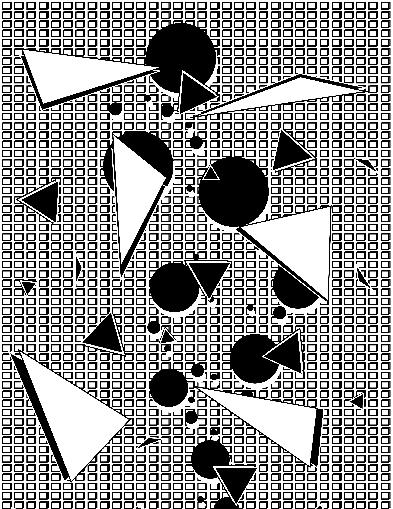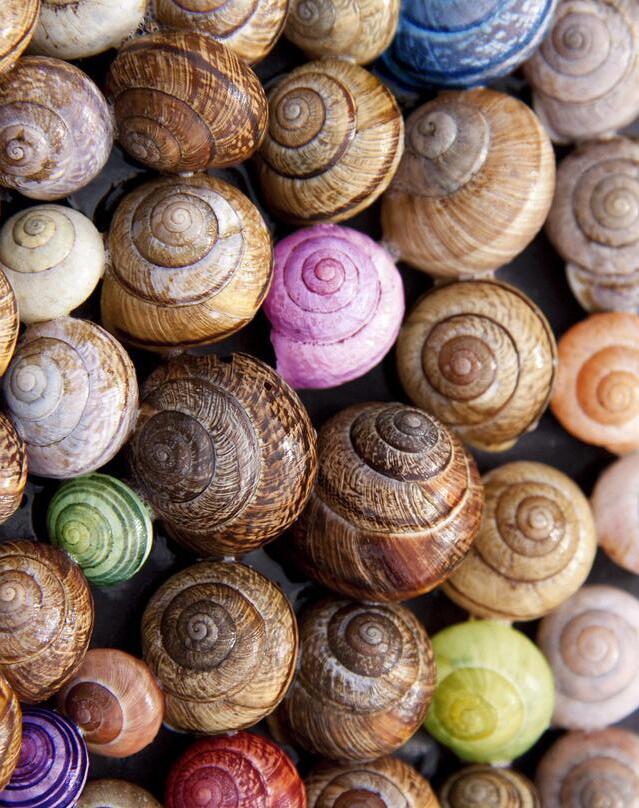Snail Studio w/Keitaro
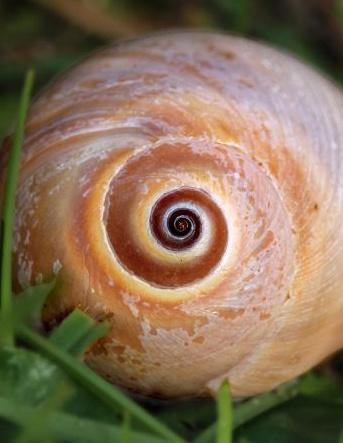
Shhh
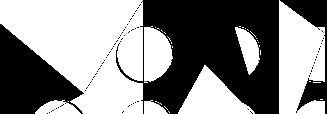
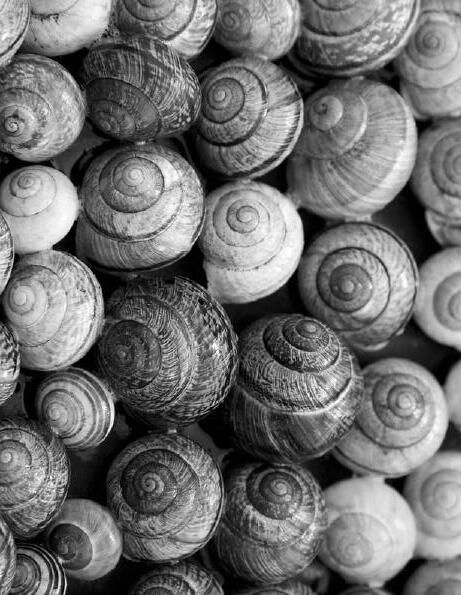

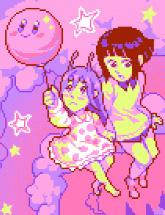
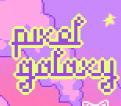


Throughout their work
Throughout their work
Japanese inspired art and pastelle colors are prominent so I wanted my Zine to refect that. If I were to continue my Zine it would be focused on internet creators who make music with a heavy focus on stylization. The magazine would keep a digital feel but the color palette and design will vary issue to issue. Originally I had a list of bookmarked articles about both Snail House and Speedoru but Speedoru recently
Japanese inspired art and pastelle colors are prominent so I wanted my Zine to refect that. If I were to continue my Zine it would be focused on internet creators who make music with a heavy focus on stylization. The magazine would keep a digital feel but the color palette and design will vary issue to issue. Originally I had a list of bookmarked articles about both Snail House and Speedoru but Speedoru recently
had several of them removed by the authors to keep his private life private. Continuing on I would only cover creators who seek the attention and not pry. I had a rough time making this Zine but I’m happy with it aesthetically. If I had a whole quarter to work on it I’d want to showcase the art more by keeping it out of the text spreads and vise versa. I am very short in my writing at times and I think that a lot of work can speak for itself.
had several of them removed by the authors to keep his private life private. Continuing on I would only cover creators who seek the attention and not pry. I had a rough time making this Zine but I’m happy with it aesthetically. If I had a whole quarter to work on it I’d want to showcase the art more by keeping it out of the text spreads and vise versa. I am very short in my writing at times and I think that a lot of work can speak for itself.
Jake N Jake NKeitaro Ujiie catches up with me a couple of hours before he has to go to a club in the backstreets of Shibuya for a late-night DJ set. The 22-year-old artist behind electronic projects such as the whimsical Snail’s House and the more uptempo Ujico stresses this isn’t his preferred evening activity.
“I just sleep,” Ujiie admits with a laugh. “I sleep so much. My parents once thought I was dying or something. Once, I slept, like, 22 hours straight.”
It’s a surprising revelation, given his prolifc output as Snail’s House so far in 2019. In January, Ujiie released Alien Pop II, a four-song set of Technicolor dance-pop cuts
powered by zooming synthesizer melodies and topped off by digitally manipulated vocals, singing in a made-up language. Ujiie draws equally from funk, French touch, and J-pop, with the end result sounding apt for flling a dancefoor—well after the last train has departed, that is.

“That’s a different part of my brain. If I’m inspired by dance music, I’m more inspired by sound design. Not the experience or anything,” he says. “The groove…the bass sound.”
Alien Pop II and the mellower Snail’s House follow-up scenery show just how far Ujiie has come since the start of the decade. Early recordings were simple and relaxing,
but over time, the music became more sophisticated and varied. Elements of jazz and classical creeped in, and Snail’s House’s generally sunny mood (and anime artwork) helped turn Ujiie into a prominent “kawaii” artist in Japan, with one of the strongest Internet-centric followings going. And he’s only getting better, as evidenced by this year’s twin fulllengths.
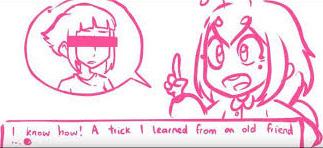

“I haven’t met anyone as passionate about composition and sound design than Ujico,” Tokyo-based electronic artist Moe Shop says of his peer. “He has a wide range of taste in music which drives his creativity anywhere he wants, from the more upbeat tracks in Alien Pop, to darker singles like ‘Ayakashi.’ I think he simply loves music and the creative process, and it shines through his works like no other artists.”
Ujiie was surrounded by music growing up. “My dad had so many CDs and records,” he remembers. “He probably had more than 10,000… well, maybe 5,000, to be safe.” He absorbed all of it, which helped shape his own music. Classical composers like Frédéric Chopin shared space with Sly & The Family Stone; Ujiie says one of his biggest infuences ended up being jazz guitarist Joe Pass. “I’ve been listening to him since I was zero. Like, before I was even a one-yearold. My mom played it before I slept. It was almost like a lullaby.” Many of his favorite childhood memories center around songs he heard while dozing off.
But it was encountering something a bit livelier that helped inspire Ujiie to make his own songs. He encountered Hiromi Uehara’s “Return Of The Kung-Fu World Champion,” which found the Japanese jazz artist rocking a Nord Lead 2.
“Until then, I hadn’t heard anything very acid-y in music, so I was surprised to hear her doing that in jazz,” he says. “That acid sound, that bass sound. That weird kind of stabby sound, that kind of stuff. I was kind of surprised.” Given his father’s immense collection of physical media, Ujiie never had any need to buy music—that is, until he snapped up Uehara’s 2012 album Move.
Maurice Ravel. “I listened to their stuff, and would ear-copy everything. That’s how I kind of studied my own music theories,” he says. It also helped him capture a feeling he associates with his childhood, a melancholy vibe that has connected many of his albums—perhaps the main reason so many people describe his sound as “nostalgic.”
fect his joy of simply wandering around the city, whether skipping down familiar paths on “Itsumo No Michi” (translated: “The Usual Path”) or marching somewhere new on “détour.” There’s more to it than just taking new routes, though.

The frst album leans towards electro-pop, particularly inspired by J-pop group Perfume, a trio known for busy songs featuring fltered vocals. For the sequel, Ujiie wanted more funk.
Uehara’s music pushed Ujiie to explore the catalogs of Japanese fusion acts such as T-Square and Casiopea (all, naturally, lurking in his dad’s collection), and more importantly got motivated to create his own tunes. His earliest releases as Snail’s House leaned heavily on his classical exposure to Chopin, Erik Satie, and
“When I see images, my song pops up in my head,” he says, noting that specifc images and the scenery around him help spark music. He’s made albums devoted to small details found in daily life and seasons, among others. This year, though, has marked a slight departure from that approach. Late February’s scenery resembles the melodic charmers of previous Snail’s House creations, but came together in very different circumstances.
“I was the type of person who sits in my basement all day. Making music all day, kind of person. Since I’ve gotten a girlfriend, I’ve started going out of my house more and explored a lot of things,” Ujiie says laughing. The songs on scenery re-

“I was very sick at the time. Things like that— nature and stuff—kind of healed me,” Ujiie says. In mid-2018, he suddenly developed refux esophagitis, which caused severe pain and hives. The scenery track “Medicine” alludes to this, and yet, its slowly unfolding melody and muffed vocals are so soothing it never feels like an ode to pain.
Scenery gives new wrinkles to Ujiie’s style, but is still very much a Snail’s House record. That’s not the case with Alien Pop II, the sequel to a 2017 offering of the same name. “So I’m not very good at writing lyrics. I wanted to make something very pop music with lyrics on it, but I couldn’t write them,” he says. Instead, he more or less invented an extraterrestrial language using vocal effects (“I can’t say what, that’s my secret,” he says).
“I was interested in the indie kind of French electro, [like] Justice,” he says. His knowledge of French dance music was pretty slim, but he happened to be friends with Parisian producer Rhodz, who introduced him to many artists that also infuenced Alien Pop II. After three months of working on it, he released the brief set. The bubbliness of the initial installment remains, but is now joined by slinkier rhythms and a slightly more aggro energy. It’s bloghouse rendered through CrunchyRoll.
Ujiie isn’t slowing down. He says he’s already working on multiple other albums, several tied to upcoming seasons. “I’m always working on separate albums at the same time. I do about three at the same time now,” he says. It’s a lot to juggle, to say the least. At least he’ll be well-rested.
-Patrick St. Michel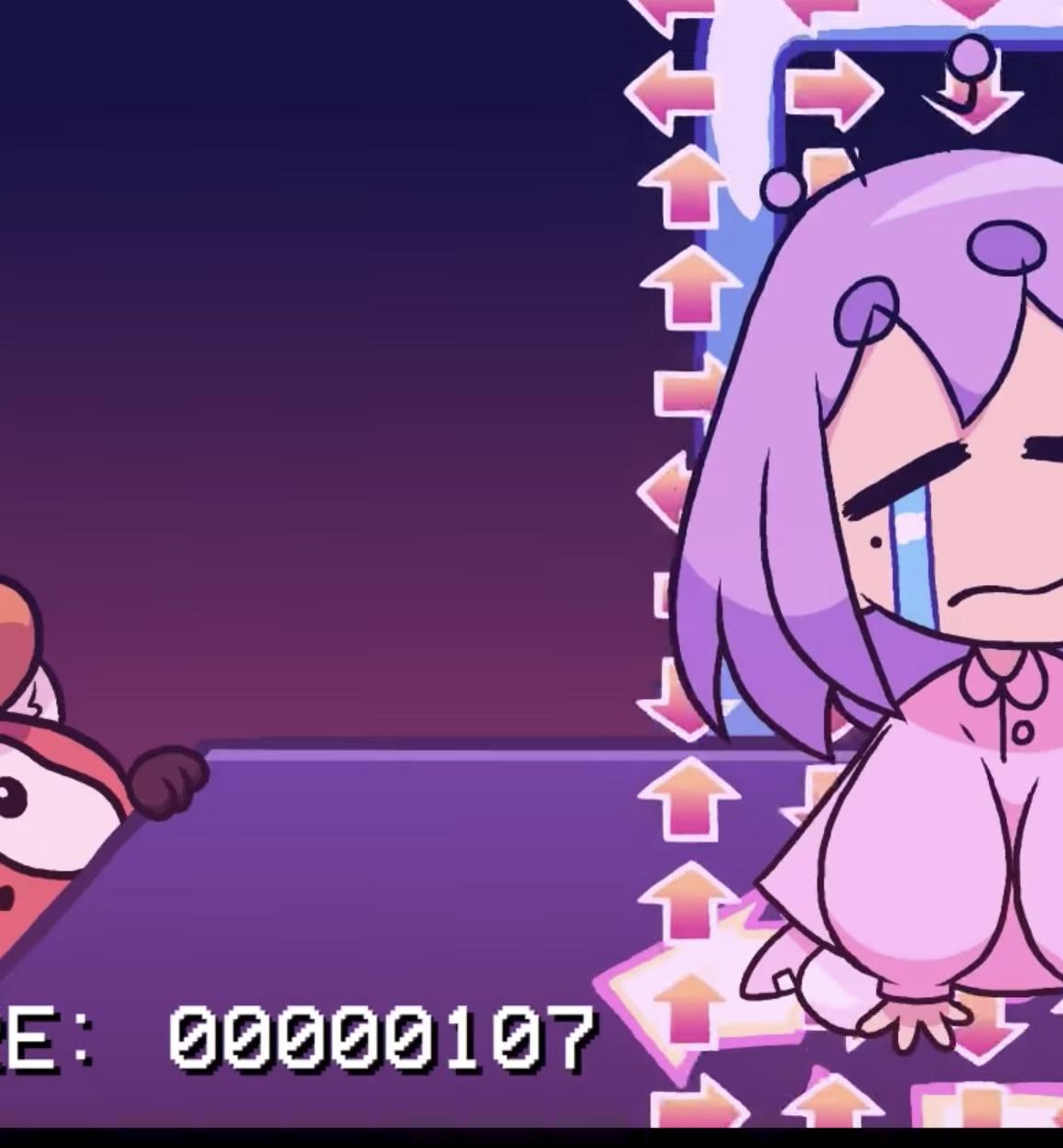



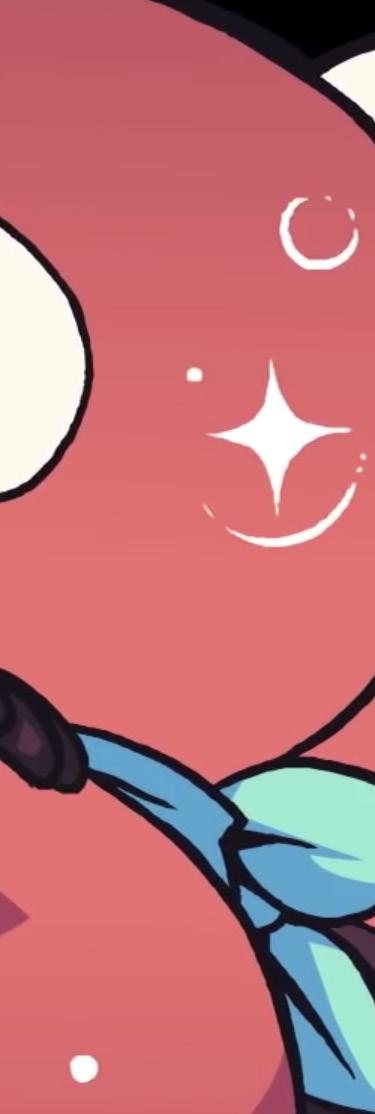






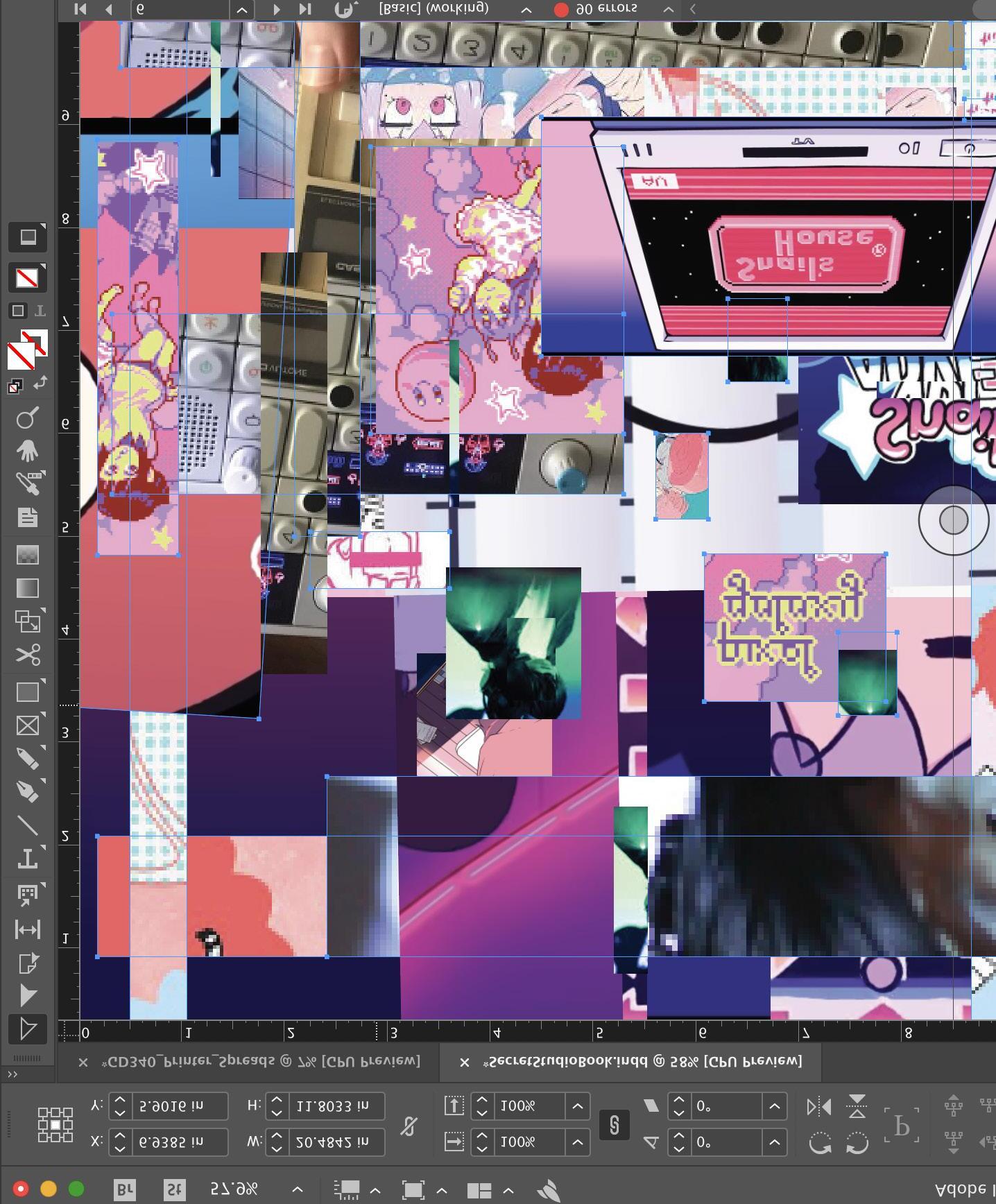
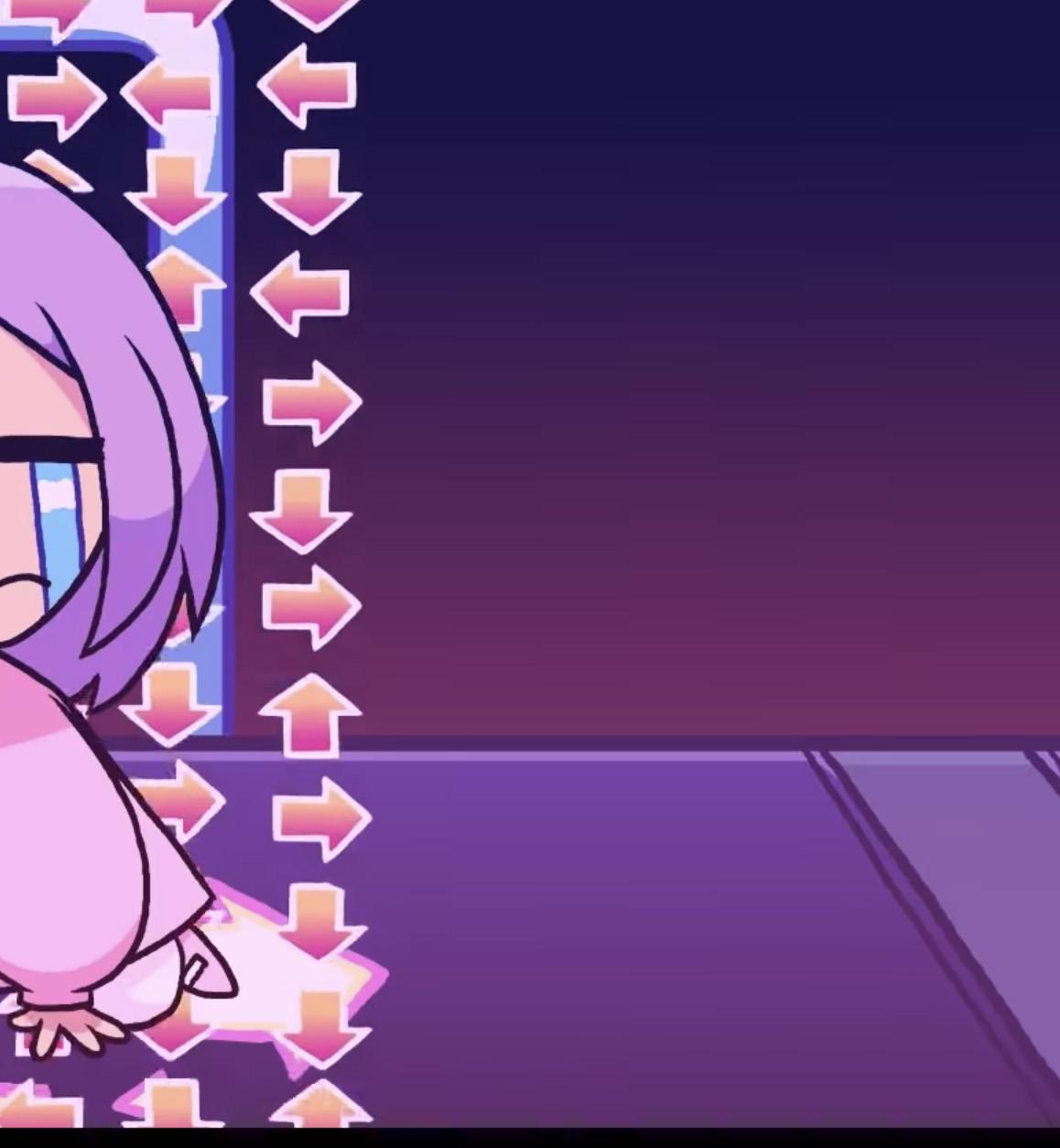








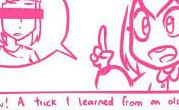







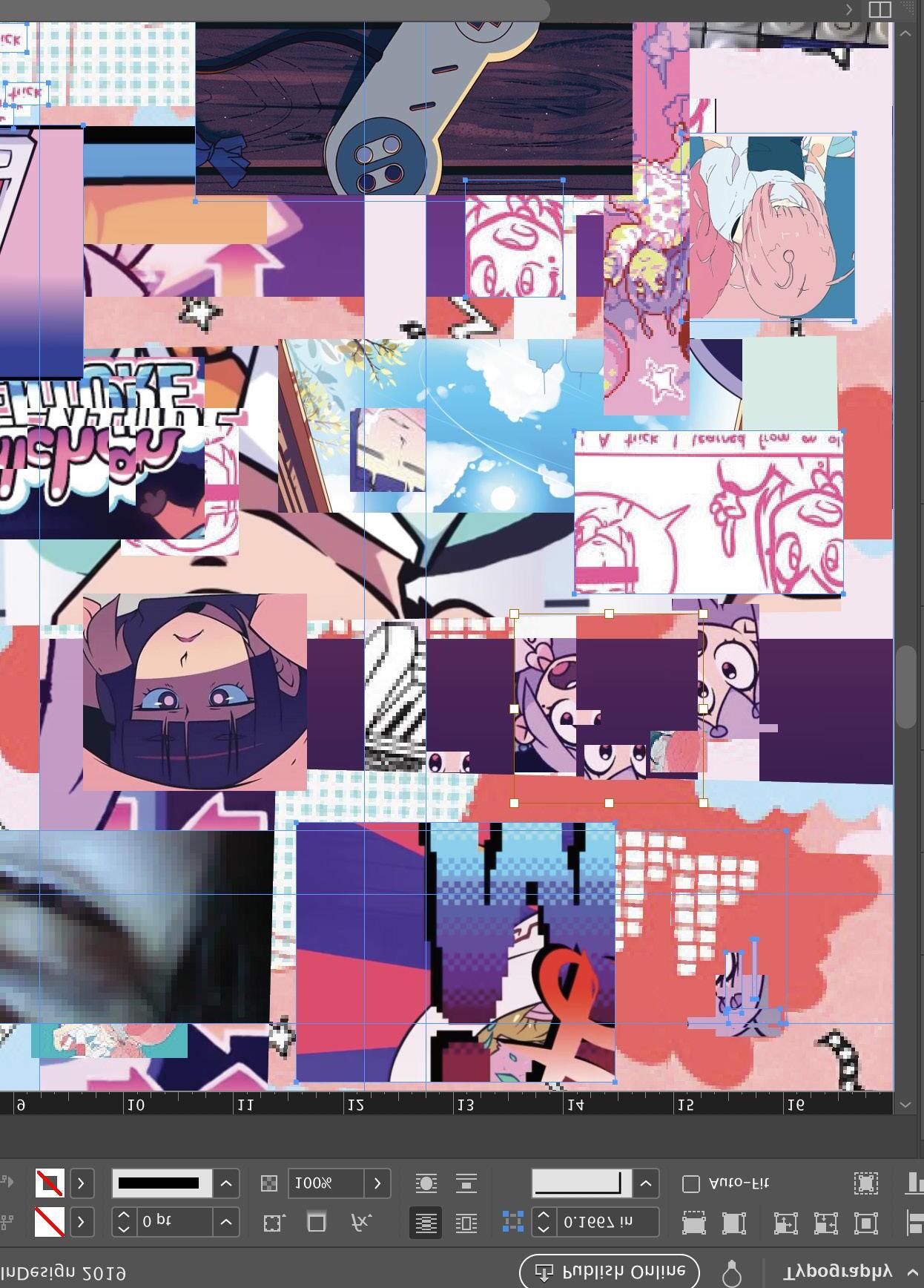
Speedoru (formally know as speedosausage) is an animator and character designer for the music of “Snail House”. Speedoru got his claim to fame from the videos posted on YouTube. They were parodies of various pop culture icons from games, cartoons, and movies. October 23, 2017
Speedoru (formally know as speedosausage) is an animator and character designer for the music of “Snail House”. Speedoru got his claim to fame from the videos posted on YouTube. They were parodies of various pop culture icons from games, cartoons, and movies. October 23, 2017
Snail House released its frst music video featuring animation by Speedoru. Speedoru dispite being located in Ireland has always has a japanese infuenced style. When
Snail House released its frst music video featuring animation by Speedoru. Speedoru dispite being located in Ireland has always has a japanese infuenced style. When

these two artist worked together on a project it blew up.
these two artist worked together on a project it blew up.
As of now there are 46,047,641 views and 1milion likes on Snail’s House - Pixel Galaxy (Offcial MV). Giving a face to the music made by Ujiie which until now only mysteriously uploaded periodically and the same can be said for Speedoru.
As of now there are 46,047,641 views and 1milion likes on Snail’s House - Pixel Galaxy (Offcial MV). Giving a face to the music made by Ujiie which until now only mysteriously uploaded periodically and the same can be said for Speedoru.
Unlike Ujiie, Speedoru has stayed anonimous keeping his IRL identity secret to the public. His wikiepedia page has since been taken down and any of his social medias only
Unlike Ujiie, Speedoru has stayed anonimous keeping his IRL identity secret to the public. His wikiepedia page has since been taken down and any of his social medias only
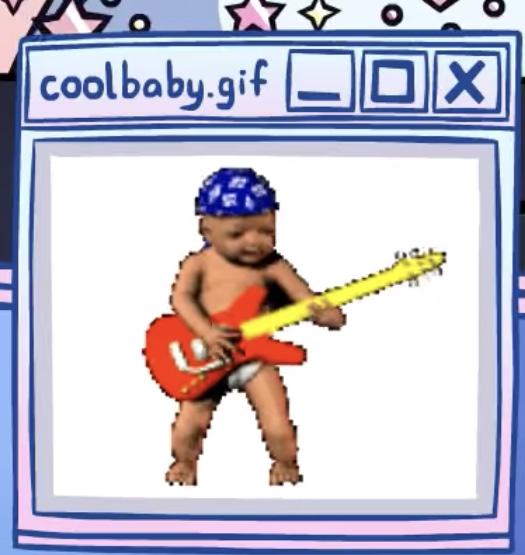
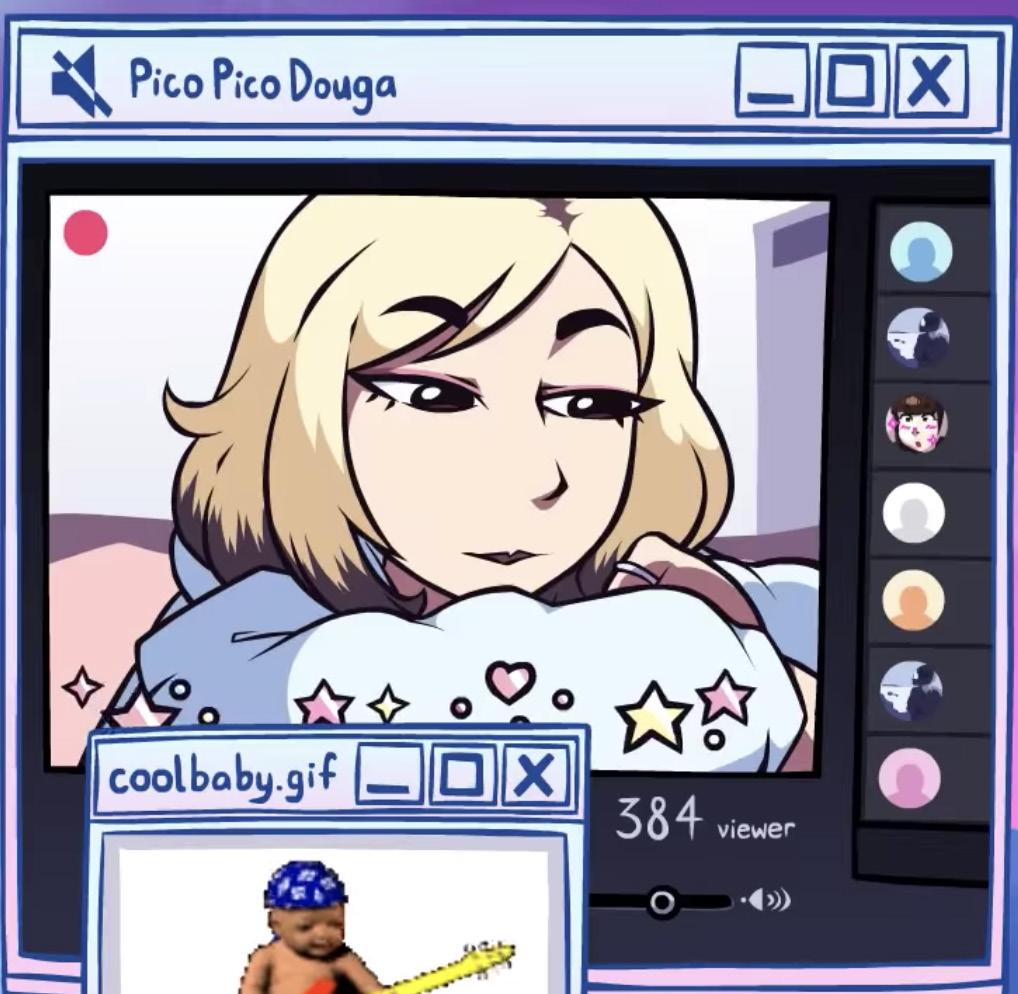
list his screen name gender and location. He personally may not be known but his work has spurred a stylistic movement as more and more creatives adopt his style in art, clothing, etc.
list his screen name gender and location. He personally may not be known but his work has spurred a stylistic movement as more and more creatives adopt his style in art, clothing, etc.
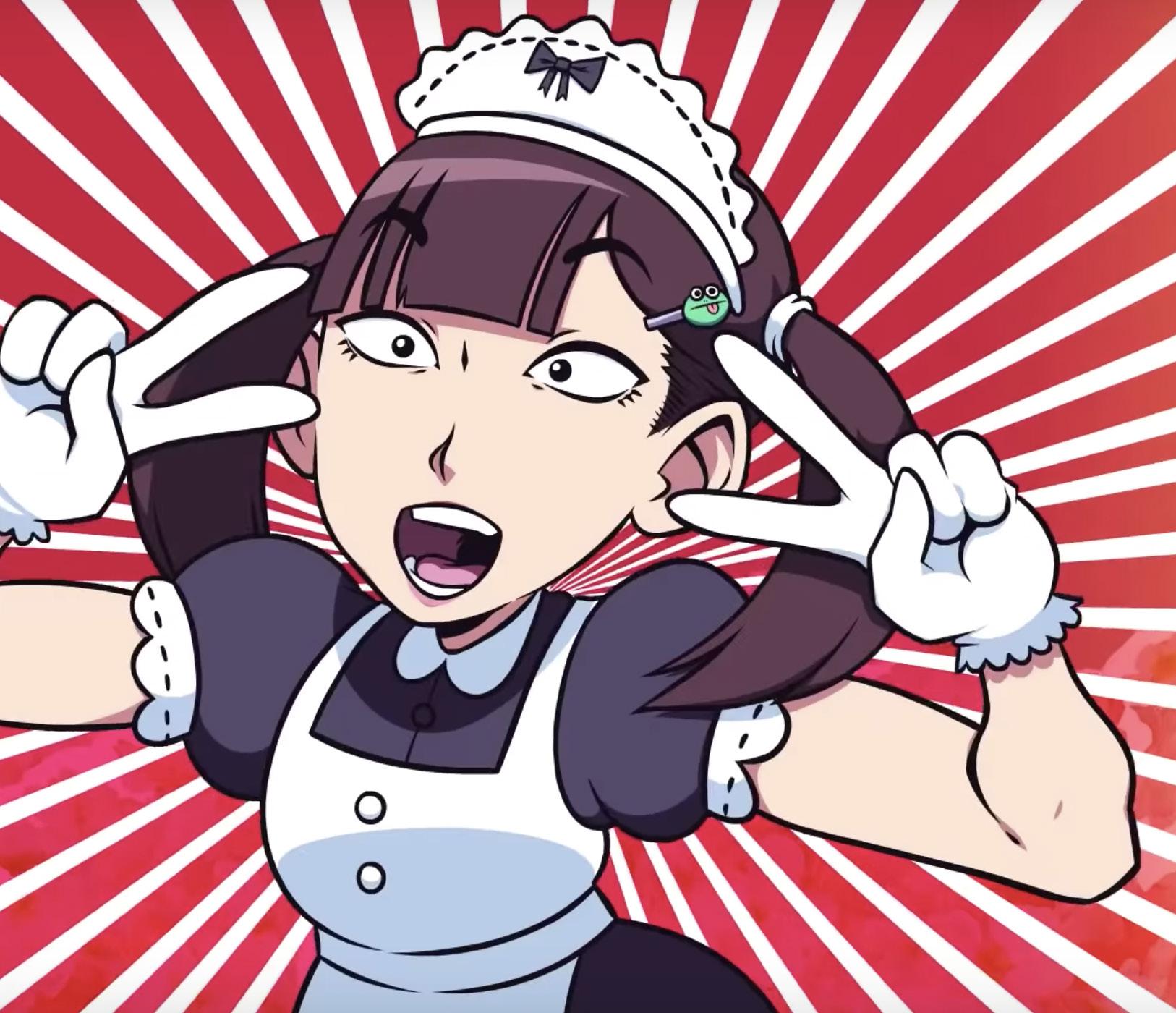
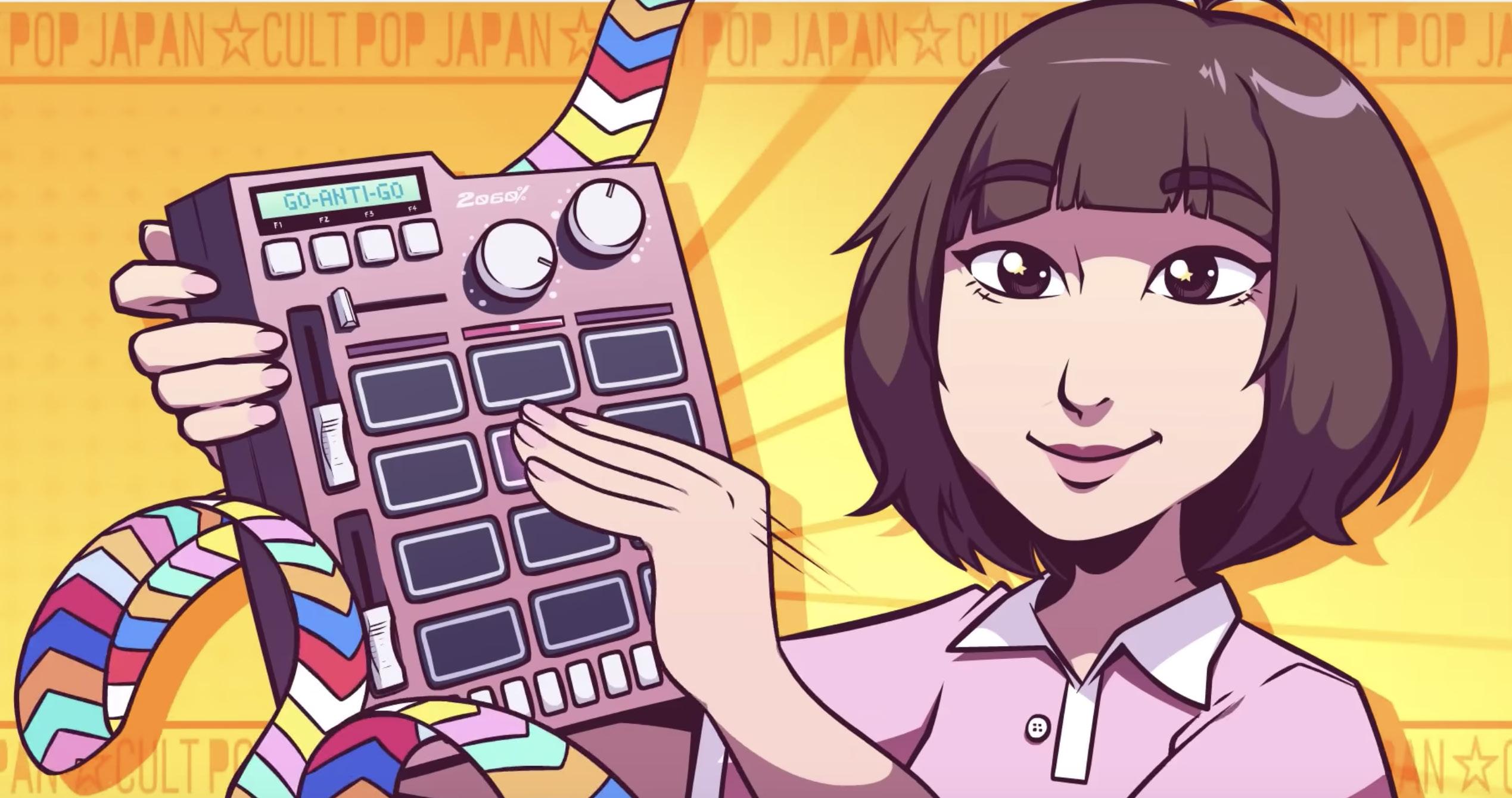
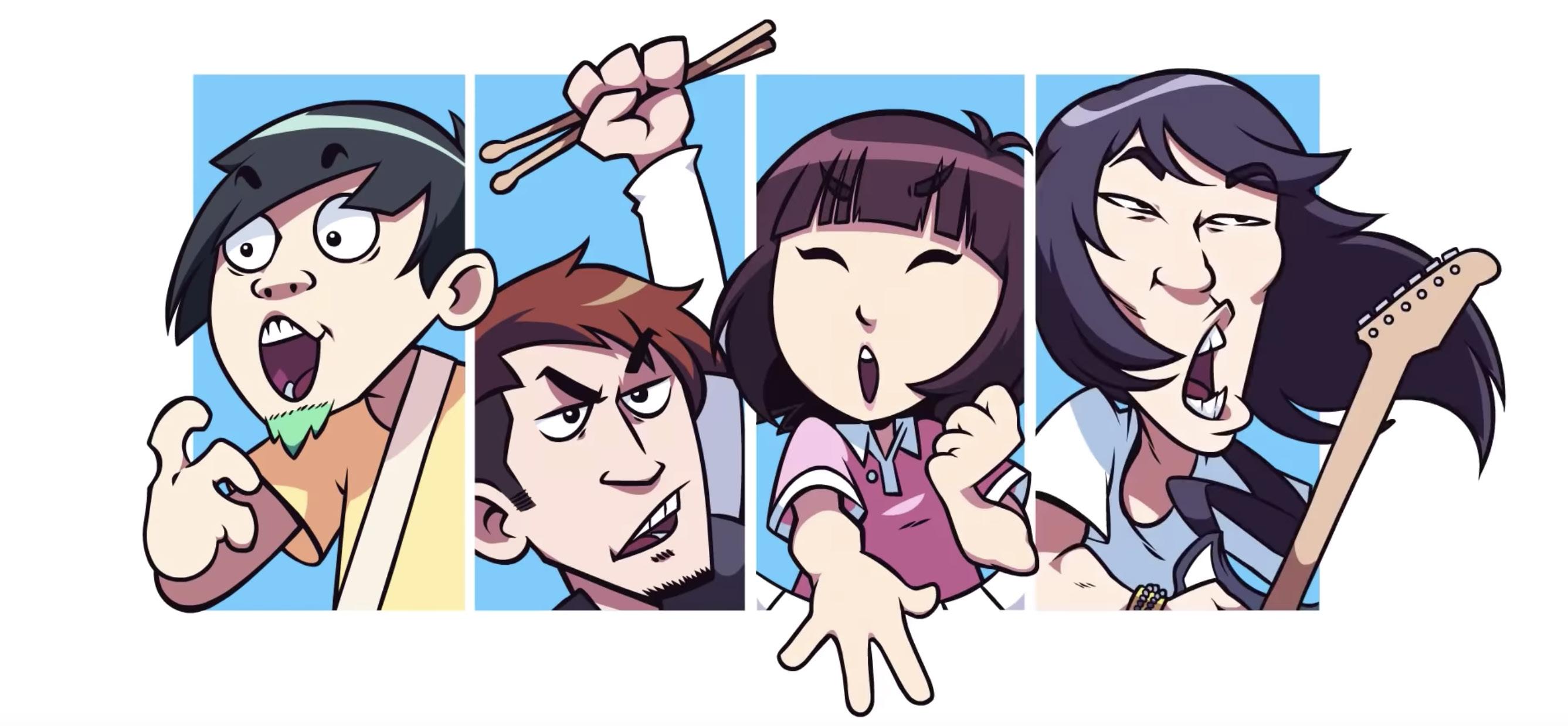
Ujiie says he grew up in a musical household, where Chopin and Sly And The Family Stone were played in equal measure, and various instruments owned by his father dotted the house. “I didn’t play with them,” he says. “It wasn’t until 2011, after I listened to [Japanese jazz artist] Hiromi Uehara that I started trying to make my own music.” He adopted a trial-and-error approach to music, aided by a high school teacher who let him use the music room during free time, as well as a music-making cartridge for the Nintendo DS. He started creating songs using a laptop his father sent him
Ujiie says he grew up in a musical household, where Chopin and Sly And The Family Stone were played in equal measure, and various instruments owned by his father dotted the house. “I didn’t play with them,” he says. “It wasn’t until 2011, after I listened to [Japanese jazz artist] Hiromi Uehara that I started trying to make my own music.” He adopted a trial-and-error approach to music, aided by a high school teacher who let him use the music room during free time, as well as a music-making cartridge for the Nintendo DS. He started creating songs using a laptop his father sent him
while he was studying in New Zealand. “That PC broke, so he had to send me a six-yearold one after that.”
while he was studying in New Zealand. “That PC broke, so he had to send me a six-yearold one after that.”
That outdated technology taught Ujiie to work fast; his computer would overheat after about two hours. “I can output what is in my mind so fast. When I’m musically thinking, it’s just like…let’s make this melody, OK.”
That outdated technology taught Ujiie to work fast; his computer would overheat after about two hours. “I can output what is in my mind so fast. When I’m musically thinking, it’s just like…let’s make this melody, OK.”

With the latest Snail’s House release, Ordinary Songs 4, he spent a little longer getting specifc elements—such as distorted drums—just right. “‘My Holiday’ took the longest. One sound, the kick, was actually a bass. I compressed the fuck out of it. It
With the latest Snail’s House release, Ordinary Songs 4, he spent a little longer getting specifc elements—such as distorted drums—just right. “‘My Holiday’ took the longest. One sound, the kick, was actually a bass. I compressed the fuck out of it. It
was so hard to mix.”
was so hard to mix.”
“Ordinary Songs 4, I wanted to fgure out how to make cute songs out of not-very-cute sounds,” he says. Hearing him talk about distorted drums, or how he played around with the “amen” break, that reveals how much of his seemingly “kawaii” music has a more unnerving side. “I started making distorted sounds, things that normal people would be freaked out by. I took sounds that would hurt your ears on their own, or wouldn’t be seen as cute on their own— like jungle rhythm—to make something cute.”
“Ordinary Songs 4, I wanted to fgure out how to make cute songs out of not-very-cute sounds,” he says. Hearing him talk about distorted drums, or how he played around with the “amen” break, that reveals how much of his seemingly “kawaii” music has a more unnerving side. “I started making distorted sounds, things that normal people would be freaked out by. I took sounds that would hurt your ears on their own, or wouldn’t be seen as cute on their own— like jungle rhythm—to make something cute.”
History
History
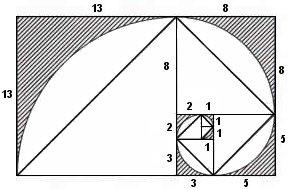

In 2014, after listening to performances by Hiromi Uehara and various jazz fusion music, Ujiie was inspired to start playing the piano. He started publishing music on SoundCloud in 2012 under the name Ujico* (which he stated was a childhood nickname given to him by a friend). 2013 saw the creation of Ujiie’s own record label, Youth Composer Association, a Tokyo-based label specifcally geared towards young musicians.
In 2014, after listening to performances by Hiromi Uehara and various jazz fusion music, Ujiie was inspired to start playing the piano. He started publishing music on SoundCloud in 2012 under the name Ujico* (which he stated was a childhood nickname given to him by a friend). 2013 saw the creation of Ujiie’s own record label, Youth Composer Association, a Tokyo-based label specifcally geared towards young musicians.
From that point, his music career began to grow and he created a separate Snail’s House outft for his “kawaii” music, which offcially began on August 30, 2014 with the release of “Nyan Nyan Angel!”. His frst two EPs as Snail’s House, Kirara and Kawaii Collective, were released in mid-2015, containing high-pitched vocal chops, vibrant synthesizer sounds, and happy-sounding melodies.
From that point, his music career began to grow and he created a separate Snail’s House outft for his “kawaii” music, which offcially began on August 30, 2014 with the release of “Nyan Nyan Angel!”. His frst two EPs as Snail’s House, Kirara and Kawaii Collective, were released in mid-2015, containing high-pitched vocal chops, vibrant synthesizer sounds, and happy-sounding melodies.

On October 9, 2018, Ujiie announced that a small game was being developed for his upcoming two-track album Snailchan Adventure. The album was released on October 23 with an accompanying music video, and Ujiie published a preview of the unfnished game. As of May 1, 2019, the game has not been released, with development presumed to be ongoing.
On October 9, 2018, Ujiie announced that a small game was being developed for his upcoming two-track album Snailchan Adventure. The album was released on October 23 with an accompanying music video, and Ujiie published a preview of the unfnished game. As of May 1, 2019, the game has not been released, with development presumed to be ongoing.

